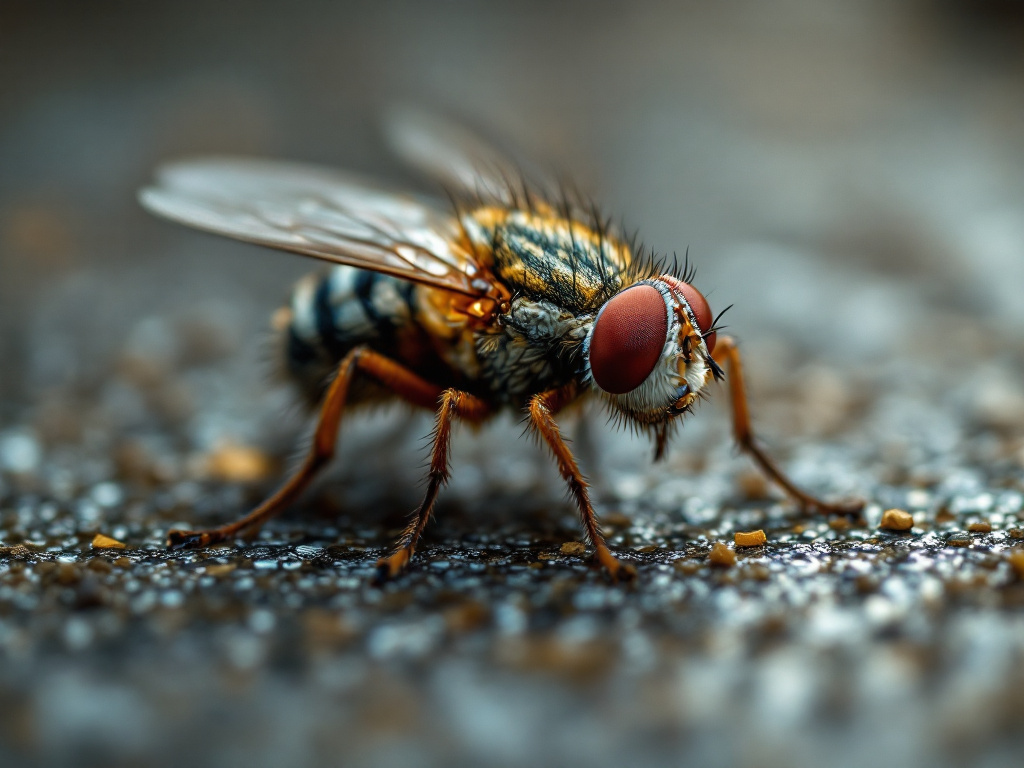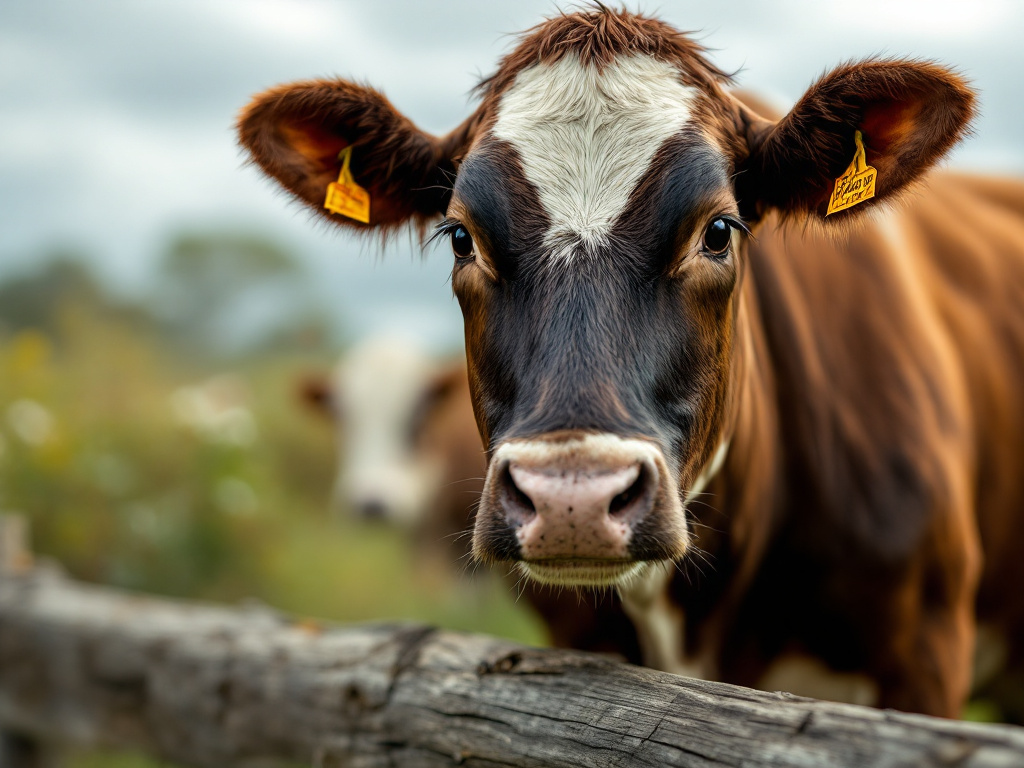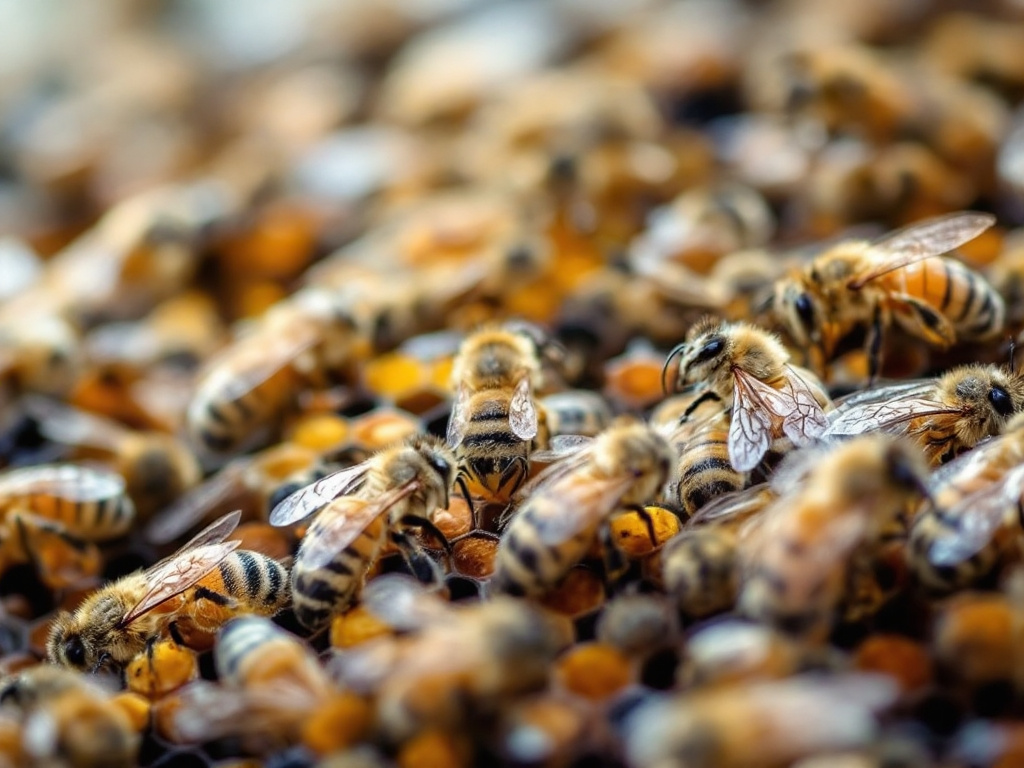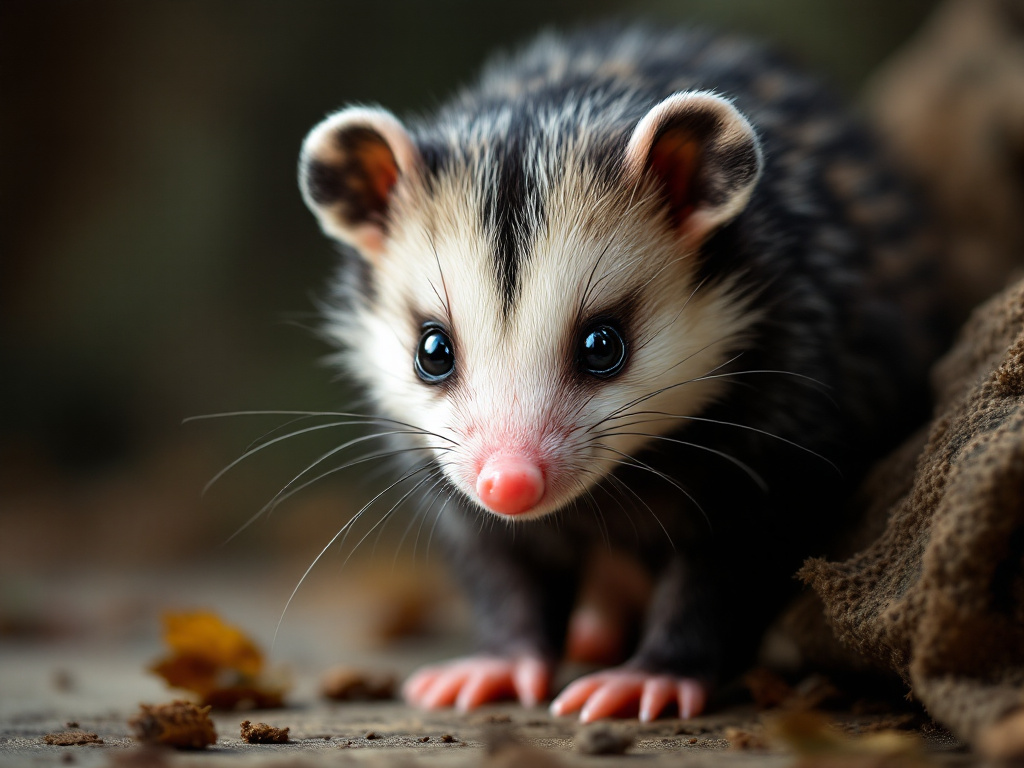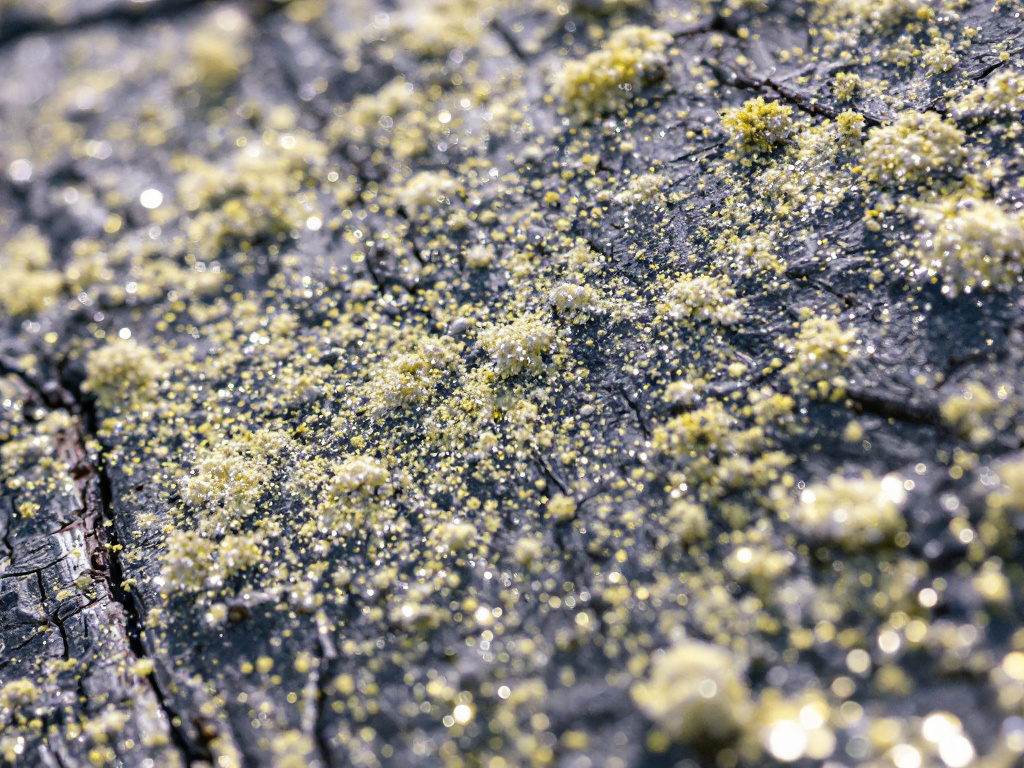Image generated by flux-ai.io & content generated by ChatGPT Version 4o-mini
The Buzz About Drain Flies: What Polk Residents Should Know
If you’ve ever noticed small, fuzzy flies flitting around your bathroom or kitchen, you might be dealing with drain flies, also known as Psychoda spp. While these little creatures are often harmless, a recent study sheds light on their biology and the challenges they can pose, especially in humid areas like Polk County, Florida.
What Are Drain Flies?
Drain flies are small, moth-like insects that typically grow to about 2.5 to 4.5 mm in length. They are often found resting on the walls of bathrooms or near drains, where they lay their eggs in moist organic matter. The larvae, which look somewhat like tiny white worms, thrive in areas with wet debris, making bathrooms, kitchens, and even outdoor drains prime locations for their development.
Although drain flies do not bite or transmit diseases, they can become a nuisance when their populations grow. Large infestations can cause respiratory problems due to the fine scales that can fall from their wings and bodies. This is something to keep in mind, especially if you or your family members suffer from allergies or asthma.
A Life Cycle That Thrives in Humidity
The life cycle of a drain fly is fairly quick, typically taking about 21 to 27 days from egg to adult, depending on the temperature. With Polk County’s warm climate, especially during the summer months, these flies can reproduce rapidly. Females can lay up to 100 eggs at a time, and if conditions are right, you might find yourself with a small swarm in a matter of weeks.
Drain fly larvae prefer to stay near the surface of damp soil or organic material to breathe. They can even survive in sewage systems, which is why they are often found near poorly maintained drains. This adaptability means that if you have standing water or organic buildup in your home, you could be unknowingly providing a perfect breeding ground for them.
How to Manage Drain Fly Populations Responsibly
For Polk County residents, knowing how to manage drain flies can help keep your home comfortable and protect your local environment. Here are some simple steps you can take:
-
Clean Drains Regularly: Use a metal pipe brush to scrub your drains and remove any organic material where flies may lay their eggs. Pouring boiling water down the drain can also help flush out debris, reducing the potential for fly breeding.
-
Reduce Moisture: Since drain flies love damp environments, it’s crucial to fix any leaks in your plumbing and ensure that areas like bathrooms and kitchens are well-ventilated to reduce humidity.
-
Check for Breeding Sites: If you suspect drain flies, tape over your drain for 24 hours. If you find flies stuck to the tape, it’s a sign you have a breeding problem that needs addressing to maintain a healthy indoor environment.
-
Natural Remedies: In addition to cleaning, some residents have found that using natural solutions, like vinegar traps or essential oils, can deter these pesky flies, minimizing the need for chemical interventions.
Why This Matters to Polk County Residents
Polk County’s warm, humid environment is ideal for drain flies, especially in places where water accumulates, like around agricultural areas or during the rainy season. With a significant number of households and businesses relying on proper drainage and sanitation, managing these flies is not just a matter of comfort but also public health.
By staying informed and proactive, residents can reduce the chances of drain fly infestations, making our homes and community a healthier and more pleasant place to live. Remember, maintaining cleanliness and moisture control is essential for our beautiful Florida climate and ecosystem, ensuring that we do not inadvertently harm our water quality or attract unwanted pests.
References
EENY-716/IN1226: Drain Fly Psychoda spp. (Insecta: Diptera: Psychodidae). (n.d.). Ask IFAS – Powered by EDIS. https://edis.ifas.ufl.edu/publication/IN1226

